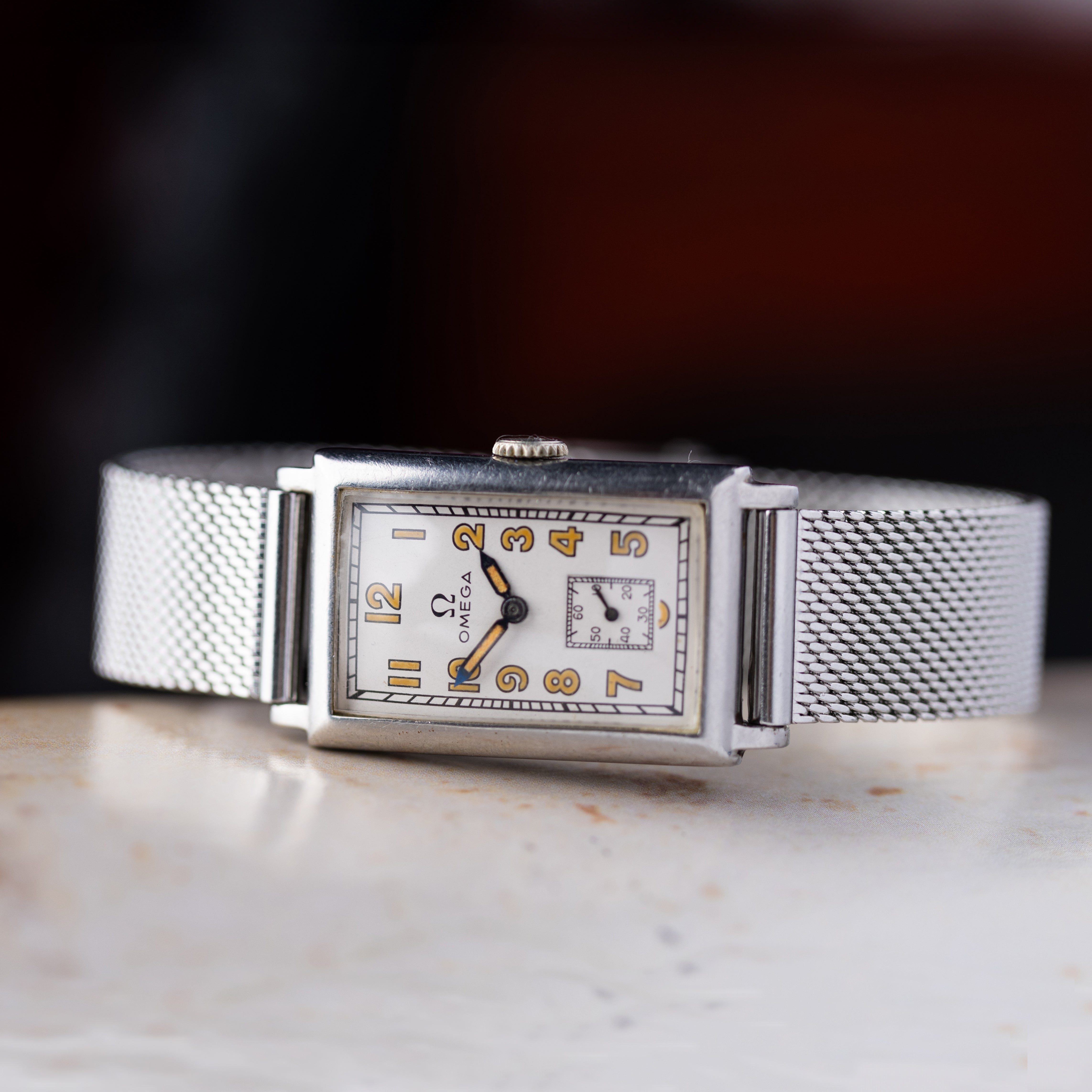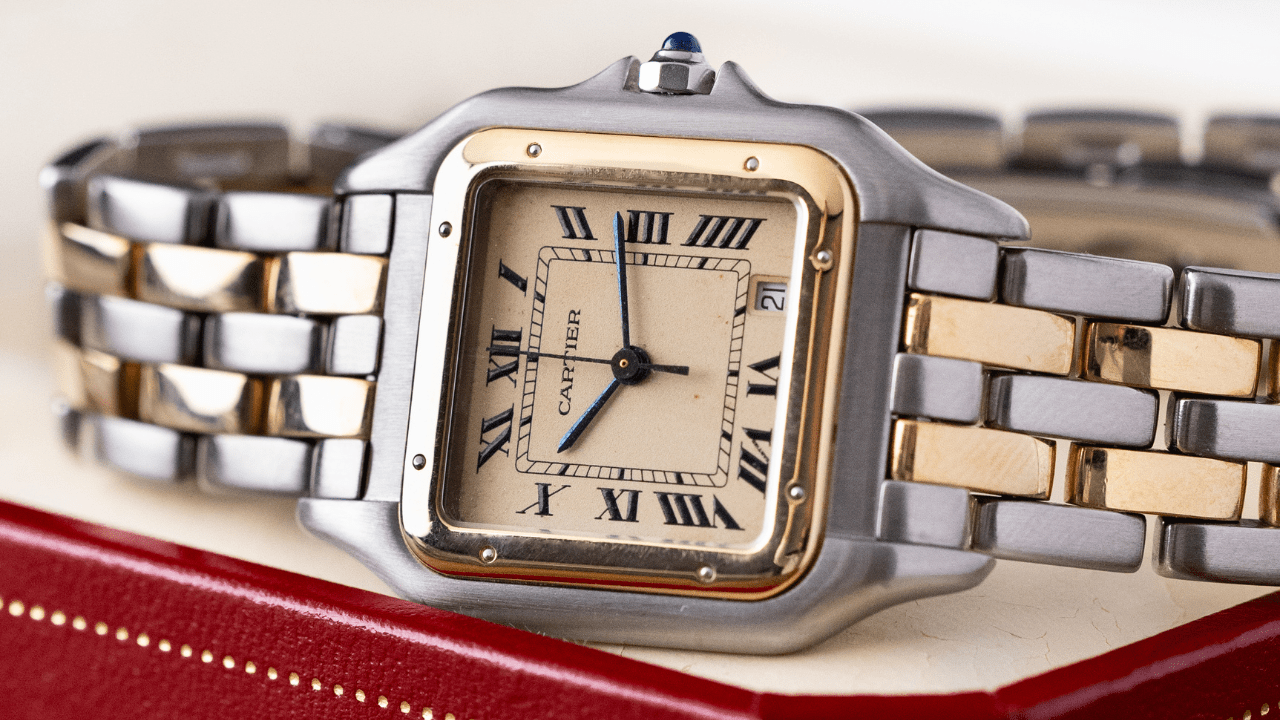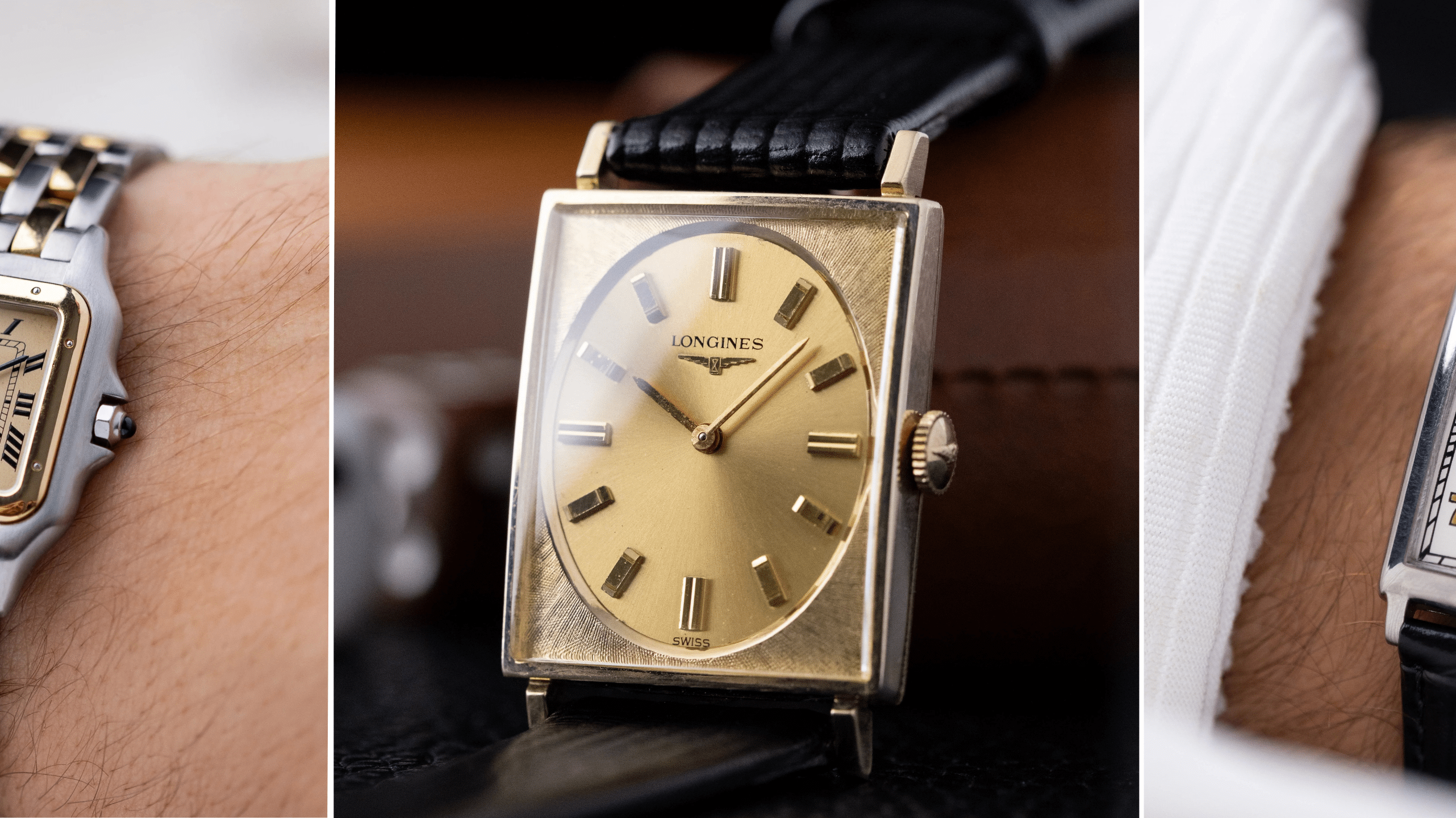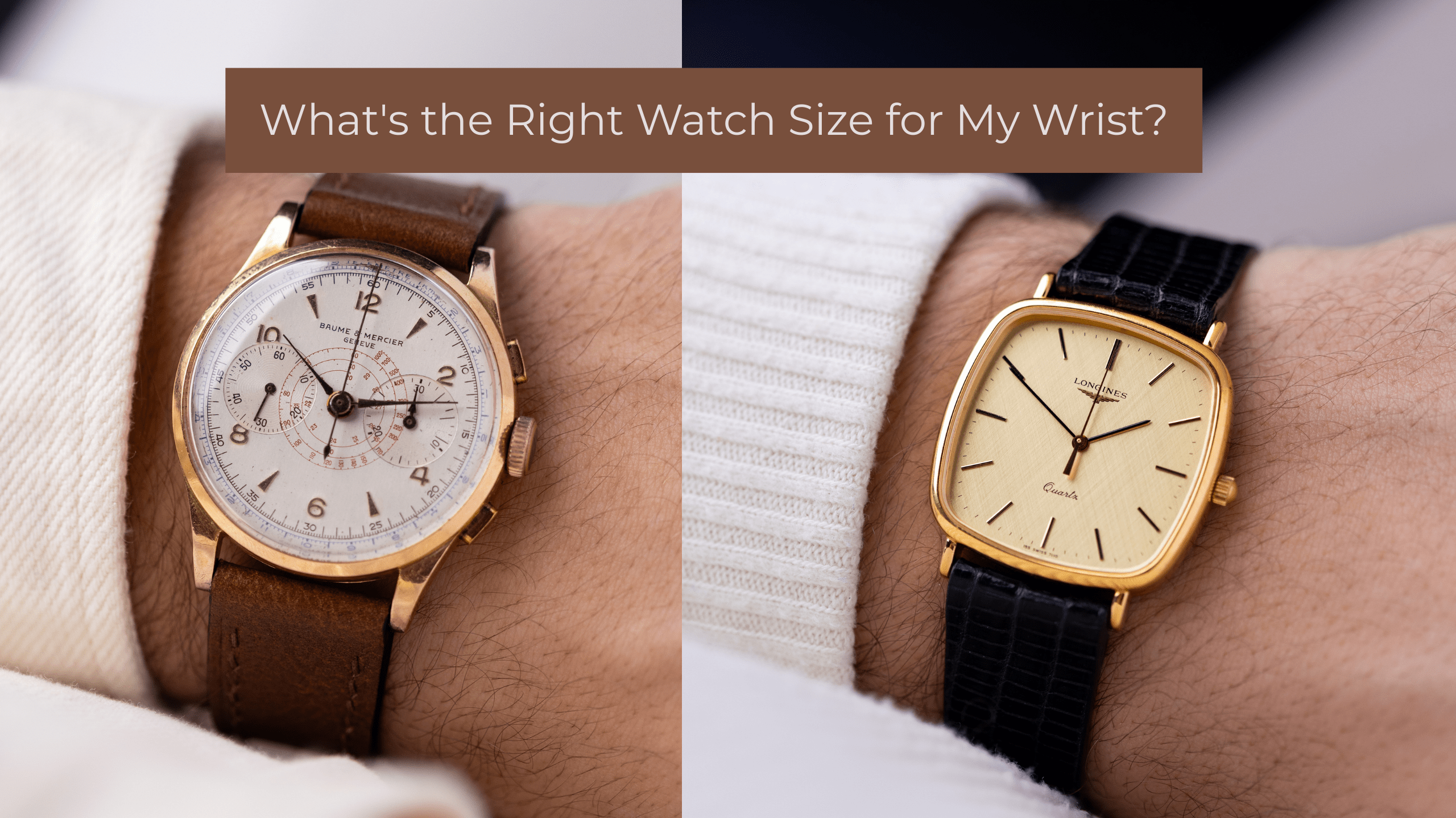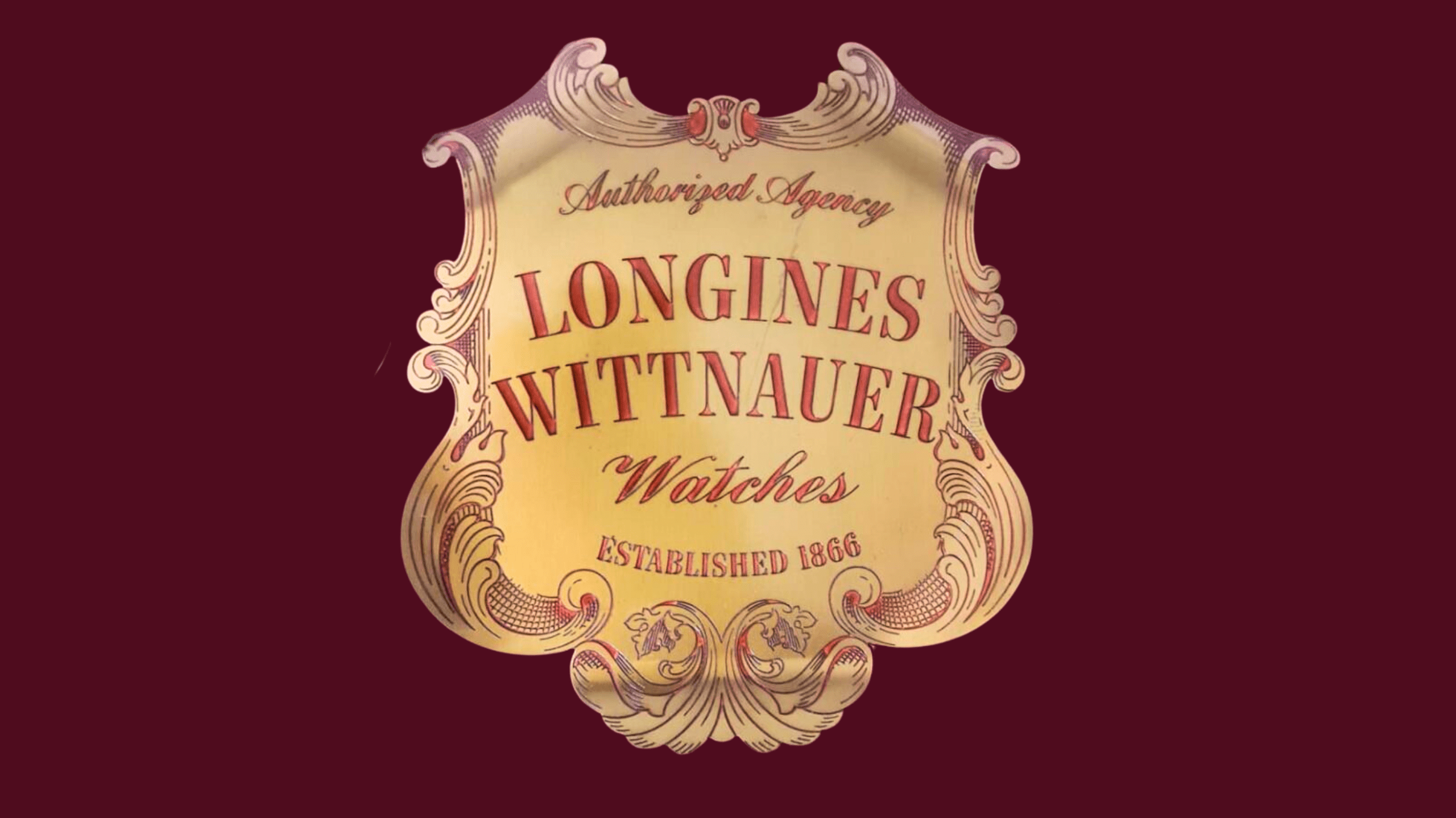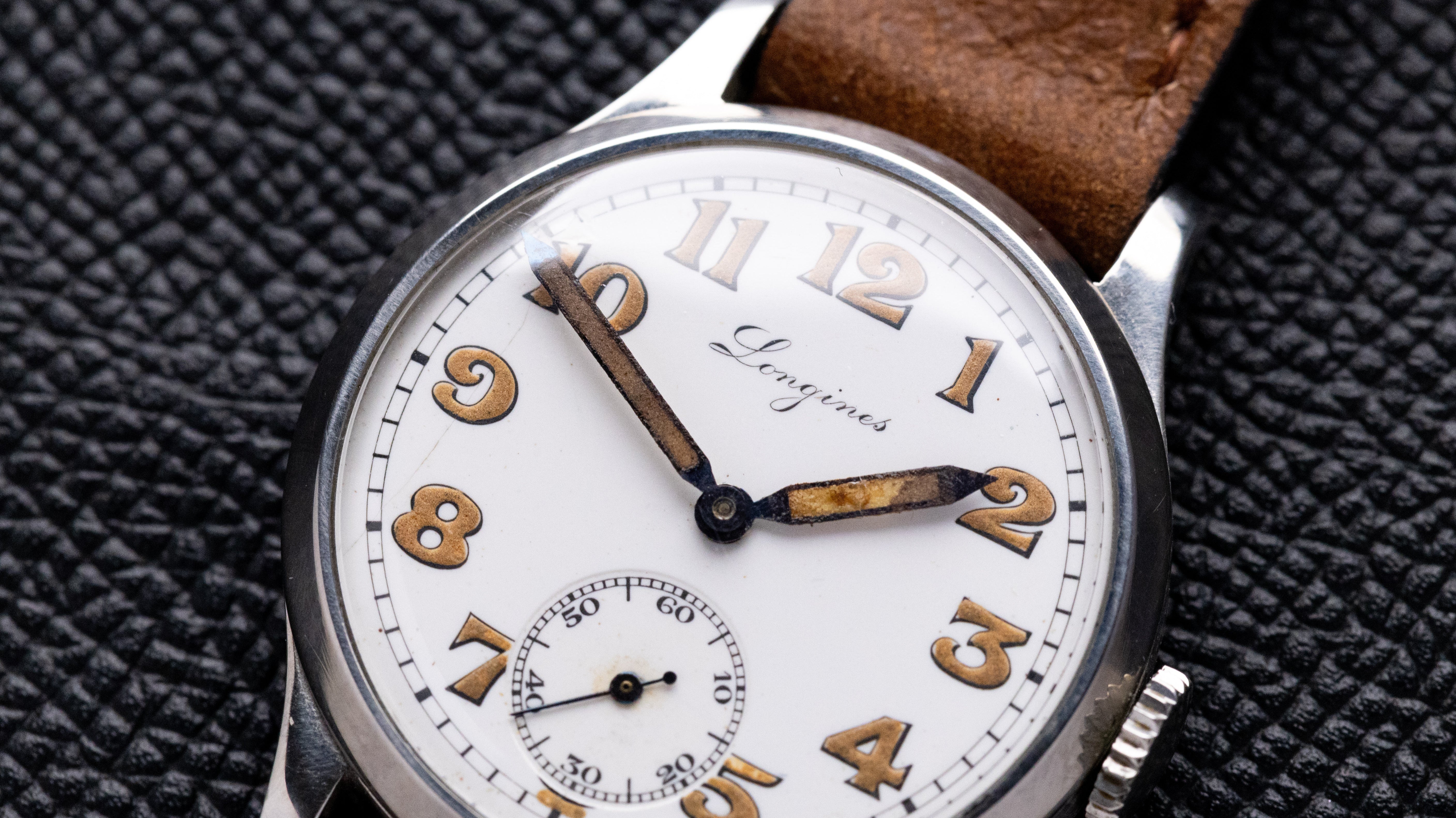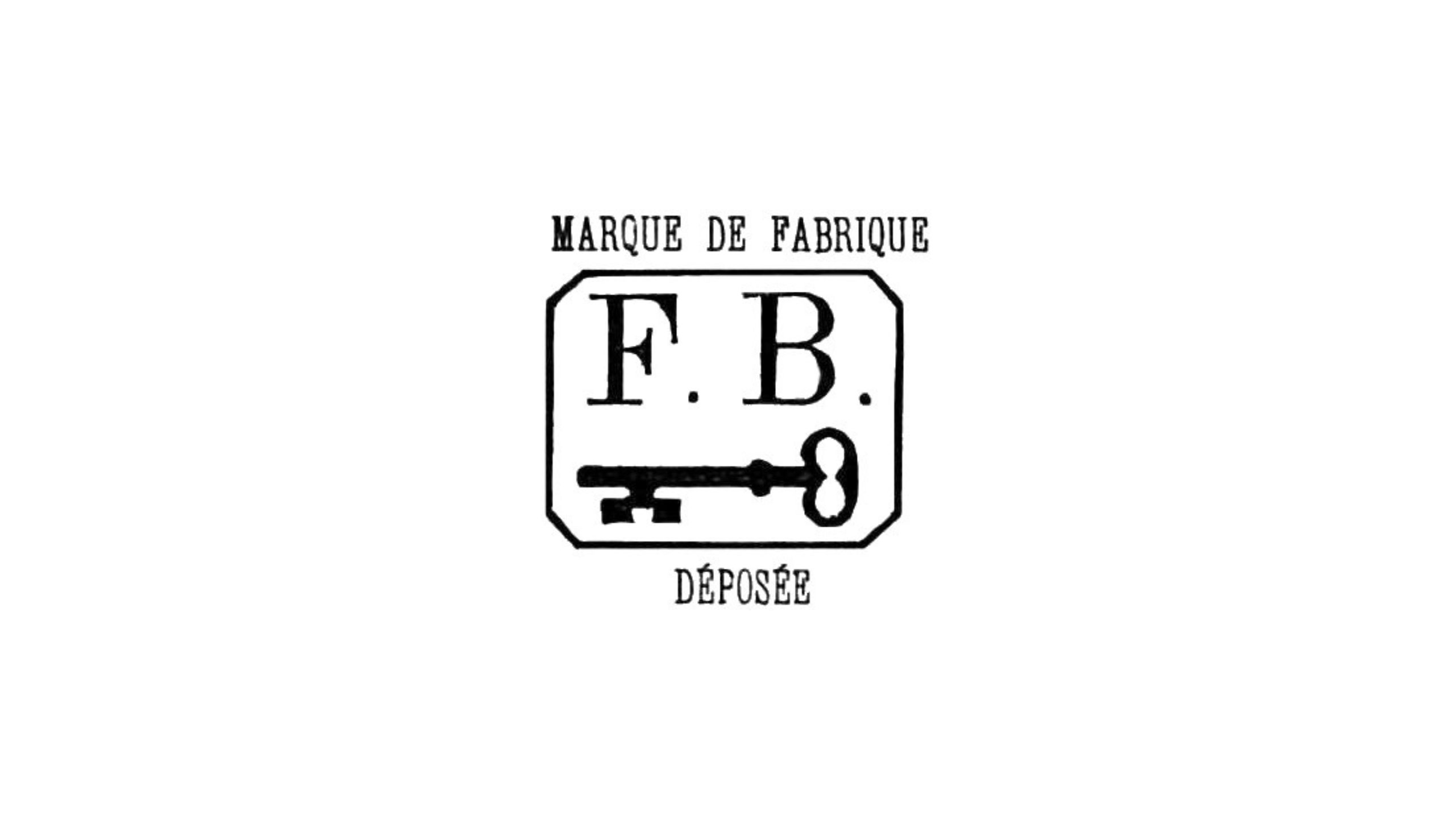Cartier: A Legacy of Elegance and Innovation
Founded in 1847, Cartier established itself as one of France’s premier jewelry and watchmaking houses. Over the decades, Cartier has remained a recognized leader in its field, never losing the prestige it earned.
But the story begins even earlier—back in 1819—when a boy named Louis-François Cartier was born into a modest artisan family. Noticing his son’s remarkable creativity and craftsmanship from an early age, Louis-François’s father apprenticed him to Parisian jeweler Adolphe Picard. For more than a decade, the young apprentice diligently studied the intricacies of jewelry-making, patiently awaiting his time to shine.

Louis-François
That moment came in 1847 when Louis-François purchased his mentor’s workshop and began crafting under his own name. He quickly shifted focus to custom commissions, where he could fully express his creativity. This passion for creating bold, one-of-a-kind designs would become his signature and eventually lead him to widespread acclaim.
By 1853, Louis-François moved to the fashionable first arrondissement of Paris—Place du Palais-Royal—and later, in 1859, opened a boutique on Boulevard des Italiens. Only two weeks after opening, a well-dressed woman, intrigued by the shop, purchased three brooches. Cartier would soon learn she was the wife of the Superintendent of Fine Arts under Napoleon III, a close friend of Princess Mathilde—Napoleon Bonaparte’s niece. Within a few years, the countess, Princess Mathilde, and Empress Eugénie (wife of Napoleon III) collectively purchased over 150 jewelry pieces. The women proudly recommended Cartier to friends, knowing each piece was entirely unique.

Princess Mathilde
Cartier's growing reputation was well deserved. His diamond butterflies fluttered through the hair of court ladies, while mysterious scarabs gleamed on noble collars. These creations blended ancient jewelry traditions with the emerging trends of modern fashion. Louis-François Cartier was also a pioneer in using platinum—a metal much harder to work with than gold or silver, but stronger and better suited for securing precious stones.

Corsage decoration. Special order 1907
After 27 years of leading his workshop, Louis-François handed the reins to his son Alfred Cartier (1841–1925), who played a critical role in preserving and expanding the family business. In 1898, Alfred’s 23-year-old son Louis (Louis Joseph Cartier, 1875–1942) joined the firm. Just a year later, another boutique opened on Rue de la Paix, near Place Vendôme—where it still stands today.
Cartier Goes Global
Riding the wave of Parisian success, Alfred decided to expand Cartier internationally. He brought his three sons—Louis, Pierre, and Jacques—into the business. Louis managed the Paris branch, Jacques went to New York, and Pierre set up in London, first on New Burlington Street (1902), then on New Bond Street (1909). The British royal family immediately took notice. Edward VII, then Prince of Wales, commissioned 27 tiaras for his coronation ceremony. In 1904, Cartier became the official jeweler to the British royal court, later receiving commissions from the Spanish, Portuguese, Russian, Belgian, and other European monarchies.

New Bond Street (1909)
Having won over royalty across Europe, the Cartier brothers left a lasting mark on luxury design with their fearless creativity and exceptional quality. Importantly, Cartier was not only a pioneer in using platinum but also in watchmaking innovation.
1904 was a pivotal year for Cartier: it marked the death of founder Louis-François Cartier and the birth of the brand’s first wristwatch. At the request of his friend, aviation pioneer Alberto Santos-Dumont (1873–1932), Louis Cartier designed the “Santos” watch. Santos-Dumont had complained about the inconvenience of pocket watches during flight, so Cartier created a wrist-worn timepiece with a leather strap—revolutionizing how watches were worn.
Creative Renaissance and Iconic Designs
Cartier’s drive for innovation only grew stronger. Inspired by artistic movements like Art Deco and Expressionism, the brand continually pushed boundaries. In 1912, it introduced the “pendules mystérieuses” (mystery clocks), starting with the “Modèle A.” Just two years later, in 1914, Cartier launched a women’s wristwatch with a round case and a bezel adorned with diamonds and black onyx in a panther-like spotted pattern—introducing the iconic "taches de panthère" motif. By 1919, the brand unveiled the now-legendary Tank watch, destined to become one of Cartier’s most iconic timepieces.

The first watch with taches de panthere decoration, The mystical Model A watch and the Cartier Tank model
In a groundbreaking moment during the era of female emancipation, Cartier appointed a woman to lead its jewelry division. Jeanne Toussaint, a prominent Parisian fashion figure who had worked closely with Louis Cartier, became Director of Jewelry in 1933. During the Nazi occupation of Paris, Cartier joined the Resistance. Toussaint famously designed a brooch depicting a bird in a cage—a bold symbol of Paris under occupation—which she daringly displayed in the store window. She was arrested for this act, but was later released thanks to help from Coco Chanel. In 1944, she created a follow-up piece: the "Freed Bird" brooch.

Brooches "Bird in a Cage" and "Freed Bird"
Jeanne Toussaint became known as “La Panthère,” and her influence cemented the panther as Cartier’s enduring symbol. According to brand historian Hans Nadelhoffer, the panther motif first appeared on a rectangular pendant design in 1914, followed later by wristwatches adorned with onyx “spots.” The panther’s definitive visual identity was created by illustrator Paul Jouve, originally for Rudyard Kipling’s Jungle Book tales. Since then, Cartier’s panther has graced countless pieces of jewelry and watches—always luxurious, always captivating.
A Global Powerhouse
One of the most famous panther designs was a brooch created in the late 1940s for Wallis Simpson, the Duchess of Windsor. It featured a diamond-encrusted platinum panther resting majestically on a 47-carat sapphire cabochon. Another beloved brooch of hers, also from Cartier, depicted a flamingo standing on one leg—equally playful and extravagant.
The second half of the 20th century brought major change. In the late 1960s, the brand was acquired by entrepreneur Robert Hocq, who revitalized Cartier by expanding its product line. His brilliant business sense led to the creation of wildly successful perfume bottles, lighters, and pens. The introduction of Must de Cartier accessories in 1973 cemented the brand’s presence in the lifestyle space and made Cartier a household name among the fashion-conscious elite.

Cartier toiletry bag and antique cigarette case
After Hocq’s death in 1979, investor Joseph Kanoui took over, uniting all Cartier branches under the name Cartier Monde. He later brought his wife, Micheline Kanoui, into the company to lead the Haute Joaillerie (high jewelry) department.
By the 1980s, Cartier had become synonymous with French elegance and luxury. In 1984, the brand launched Fondation Cartier, a non-profit foundation under the leadership of Alain-Dominique Perrin, then-president of Cartier International. Its mission was to support and promote contemporary art across disciplines, from visual design to cinema. Fondation Cartier remains a major cultural force today.
A Timeless Legacy
One of the most significant milestones in Cartier’s modern history came in 1999, when the company joined the Swiss luxury conglomerate Richemont. Despite becoming part of a global powerhouse, Cartier stayed true to its traditions of excellence and innovation.
The opening of a Swiss watchmaking manufacture in 2001, the re-release of the legendary Tank in 2002, and the relaunch of the Panthère line in 2003 reaffirmed Cartier’s commitment to craftsmanship and heritage. These were accompanied by expansions in leather goods and fragrance lines—demonstrating Cartier’s ability to evolve while staying firmly rooted in its legacy.
The brand celebrated its 150th anniversary with exclusive watch and jewelry collections, and major retrospective exhibitions in New York and London—underscoring Cartier’s journey from a small Parisian workshop to a global luxury icon.
Nearly 170 years after opening its first atelier, Cartier stands as the number one producer of fine jewelry and the second-largest maker of watches and accessories worldwide. Through every chapter, Cartier has remained a symbol of creativity, tradition, and enduring prestige.

